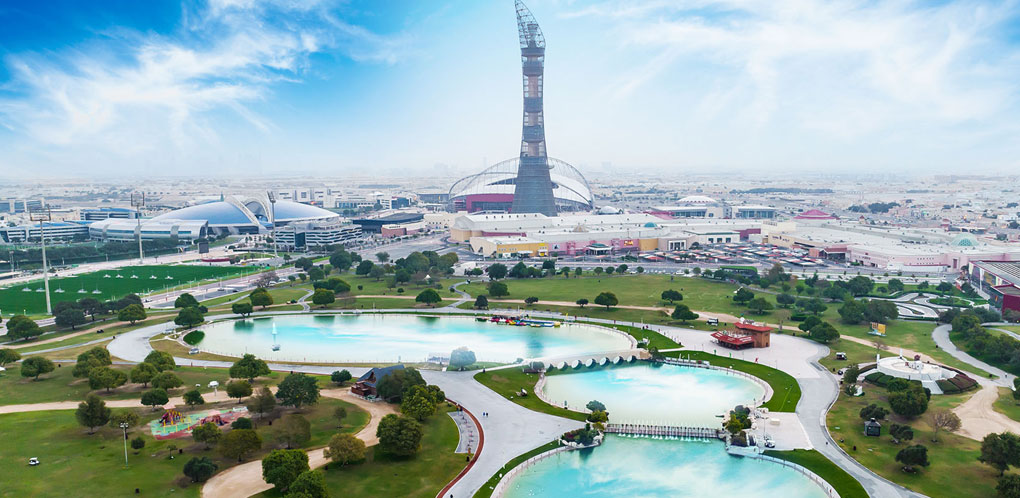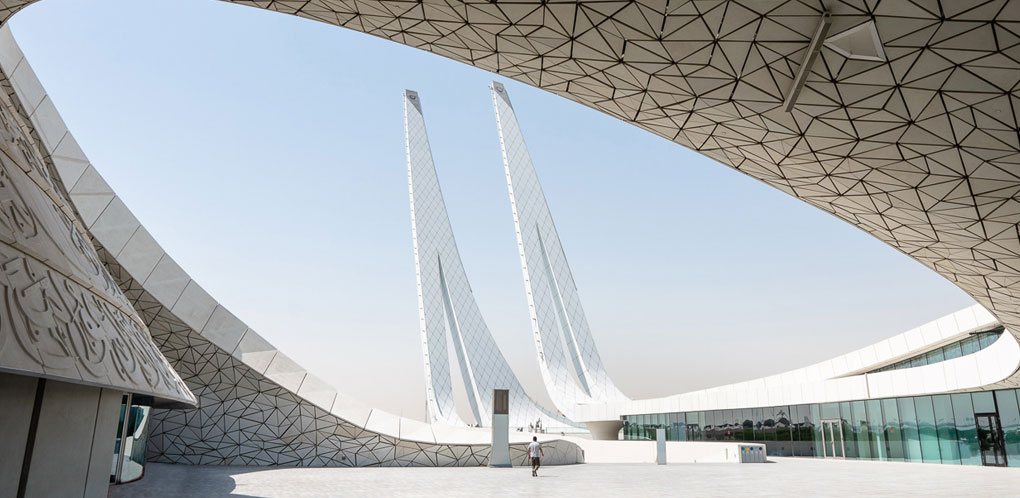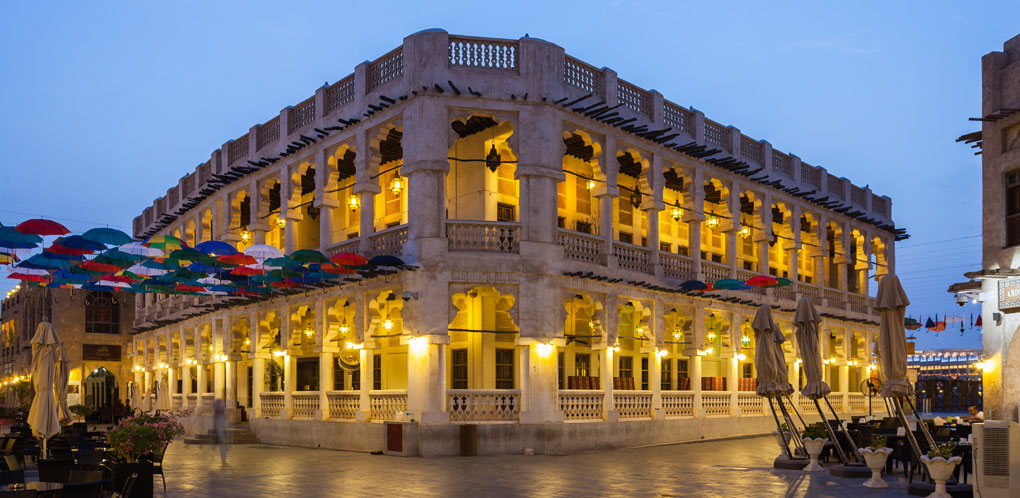
Al Fujairah City
The Emirate of Fujairah is one of the seven emirates that make up the United Arab Emirates, the only one of the seven with a coastline solely on the Gulf of Oman and none on the Persian Gulf. Its capital is Fujairah.

History of Al Fujairah City
The Emirate of Fujairah, under the influence of the Sharqiyin tribe, holds a strategic position at the mouth of the vital trade route, Wadi Ham, safeguarded by the imposing Sharqiyin Al Bithnah Fort. This route winds through the mountains, connecting the interior with the Persian Gulf Coast. Historically known as the Shamaliyah, the eastern coast of the UAE was under Muscat’s dominion until 1850 when it was annexed by the Al Qasimi of Sharjah, following an agreement between Sheikh Sultan bin Saqr Al Qasimi and the Sultan of Muscat. Governance of the Shamaliyah was overseen by the Al-Qasimi Wali in Kalba, although instances of secession were frequent. In 1901, Sheikh Hamad bin Abdullah Al Sharqi, leader of the Sharqiyin, declared independence from Sharjah, a move recognized by some Trucial Sheikhs and Muscat, but not by the British, who were wary of the independently minded ruler’s actions. During this period, the Emirate of Fujairah boasted around 150 houses and 3,000 date palms, with its populace primarily engaged in pearling and date cultivation. Since Kalba’s absorption by Sharjah in 1952, the Shamaliyah has been shared by the Emirates of Fujairah and Sharjah.
In 1952, the Emirate of Fujairah established treaty relations with Britain, marking its belated entry into the Trucial States. The British government, having withheld recognition for over five decades, granted it due to the necessity of Petroleum Concessions Limited (PCL), an oil exploration company, needing to sign a concession with a recognized ruler. On 2 December 1971, the Emirate of Fujairah became a part of the United Arab Emirates.
Archaeological discoveries in Fujairah indicate a rich history of human habitation and trade spanning back at least 4,000 years. Wadi Suq, dating from 2,000 to 1,300 BCE, reveals burial sites at Bithnah and the Qidfa’ Oasis. Notably, a tower from the third millennium BCE was repurposed to construct the Portuguese fort at Bidiyah, linked to the fortress recorded in de Resende’s 1646 map, with carbon dating placing its origins between 1450–1670.
Fujairah boasts an array of late Islamic fortresses and is home to the oldest operational mosque in the UAE, Al Badiyah Mosque, erected in 1446 using mud and bricks. Its architectural style bears resemblance to mosques found in Yemen, eastern Oman, and Qatar. Unique features include four domes (unlike the typical seven to twelve) and the absence of a minaret.

























